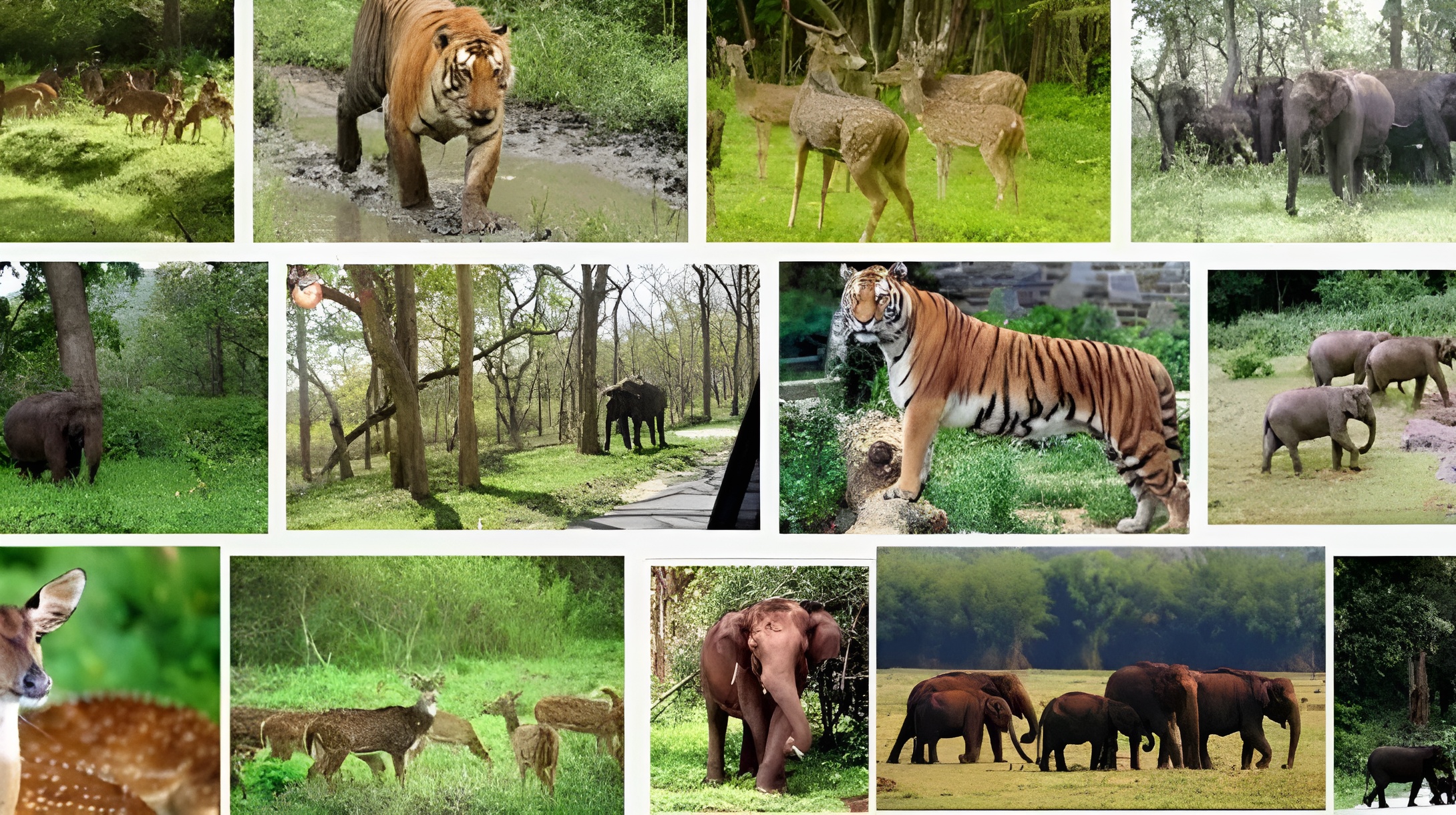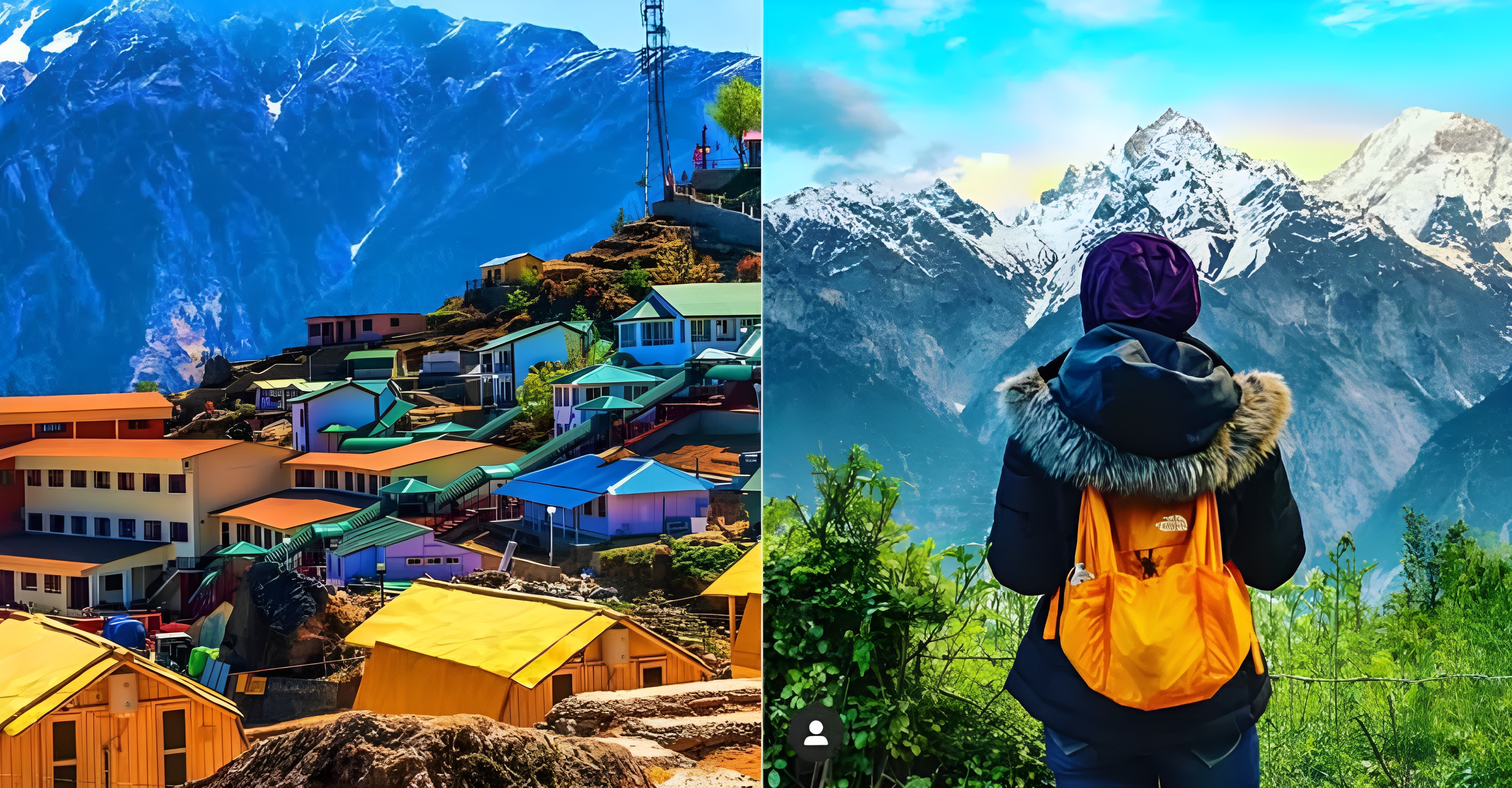Introduction
Uttarakhand, nestled in the majestic Himalayas, is a treasure trove of biodiversity, boasting some of the most captivating wildlife sanctuaries in India. From lush green forests to snow-capped peaks, this enchanting state is a paradise for nature enthusiasts and wildlife lovers alike. Join us as we embark on a thrilling journey through the top wildlife sanctuaries in Uttarakhand, where awe-inspiring encounters with exotic flora and fauna await us.
Table of Contents
- Introduction: Embracing Nature’s Bounty in Uttarakhand
- Jim Corbett National Park: Roaming with the Royal Bengal Tigers
- Nanda Devi National Park: Exploring the Abode of the Gods
- Rajaji National Park: Home to the Majestic Asian Elephants
- Valley of Flowers National Park: A Kaleidoscope of Blooms
- Binsar Wildlife Sanctuary: Witnessing the Himalayan Charm
- Gangotri National Park: Where the Ganges Finds its Source
- Govind Wildlife Sanctuary: A Haven for Endangered Species
- Askot Wildlife Sanctuary: Unraveling Uttarakhand’s Best-Kept Secret
1. Introduction: Embracing Nature's Bounty in Uttarakhand

Nestled in the northern part of India, Uttarakhand is a region blessed with unparalleled natural beauty and rich wildlife diversity. The state is renowned for its picturesque landscapes, pristine rivers, and towering peaks, making it a popular destination for travelers seeking a rendezvous with nature. The wildlife sanctuaries in Uttarakhand offer a captivating blend of dense forests, meandering rivers, and diverse wildlife, making it a haven for wildlife enthusiasts.
2. Jim Corbett National Park: Roaming with the Royal Bengal Tigers

No journey through Uttarakhand’s wildlife is complete without a visit to the iconic Jim Corbett National Park. Named after the renowned hunter-turned-conservationist, Jim Corbett, this park is India’s oldest and one of the most celebrated tiger reserves. Spread across an expansive area, the park is a thriving habitat for the elusive Royal Bengal Tigers, along with leopards, elephants, deer, and various avian species. Embark on a thrilling safari through the park’s dense foliage, and if luck favors you, witness the majestic big cats in their natural habitat.
3. Nanda Devi National Park: Exploring the Abode of the Gods

Nestled amidst the majestic Nanda Devi Peak, the Nanda Devi National Park is a UNESCO World Heritage Site that exudes an otherworldly charm. This park is known for its rugged terrain, alpine meadows, and a diverse range of flora and fauna. Trekking enthusiasts will be delighted to explore the mystical valley of flowers, which blooms with a kaleidoscope of vibrant hues during the monsoon season. Keep your binoculars ready, as the park is also home to elusive snow leopards, musk deer, and various species of Himalayan birds.
4. Rajaji National Park: Home to the Majestic Asian Elephants

Named in honor of the great freedom fighter, C. Rajagopalachari, Rajaji National Park is a verdant paradise sprawled across the Shivalik ranges. This park is renowned for its significant population of Asian elephants, making it a prime destination for elephant safaris. Along with elephants, the park is also home to leopards, tigers, sloth bears, and numerous avian species. Traverse through its dense forests and tranquil riverbanks to witness the harmonious coexistence of various wildlife species.
5. Valley of Flowers National Park: A Kaleidoscope of Blooms

As the name suggests, the Valley of Flowers National Park is a mesmerizing tapestry of colorful blooms spread across an ethereal valley. Accessible only during the summer months, this park bursts into a kaleidoscope of hues with thousands of alpine flowers in full bloom. Trek through its winding trails to witness rare flowers like the Brahma Kamal and the Blue Poppy. This floral paradise is also home to various animals like the elusive snow leopard and the Himalayan black bear.
6. Binsar Wildlife Sanctuary: Witnessing the Himalayan Charm

Perched at an altitude of 7,916 feet, the Binsar Wildlife Sanctuary offers breathtaking views of the Himalayan peaks. Home to a diverse range of flora and fauna, this sanctuary is a birdwatcher’s delight, with over 200 avian species, including the vibrant monal pheasant. Besides birds, one can spot leopards, barking deer, Himalayan goral, and langurs amidst the serene oak and rhododendron forests.
7. Gangotri National Park: Where the Ganges Finds its Source

The Gangotri National Park, nestled in the Garhwal Himalayas, holds immense religious and ecological significance. This park is not only the birthplace of the holy river Ganges but also a haven for rare and endangered species like the snow leopard and the Himalayan snowcock. As you trek through its rugged trails, you will be spellbound by the untouched beauty of the pristine glaciers, emerald meadows, and cascading waterfalls.
8. Govind Wildlife Sanctuary: A Haven for Endangered Species

Named after the legendary freedom fighter, Govind Ballabh Pant, the Govind Wildlife Sanctuary is a treasure trove of biodiversity. This sanctuary is known for its dense forests, alpine meadows, and a plethora of rare and endangered species. From the red fox to the Himalayan tahrs, the sanctuary offers ample opportunities for wildlife enthusiasts to witness the wonders of the Himalayan ecosystem.
9. Askot Wildlife Sanctuary: Unraveling Uttarakhand's Best-Kept Secret

Tucked away in the far-flung regions of Pithoragarh district, the Askot Wildlife Sanctuary is a hidden gem waiting to be explored. This sanctuary is known for its dramatic landscapes, with snow-capped peaks and cascading waterfalls adding to its allure. The elusive snow leopard, Himalayan musk deer, and numerous bird species call this sanctuary their home. Embark on an offbeat adventure to unravel the secrets of this untouched wilderness.
Conclusion
A journey through the top wildlife sanctuaries in Uttarakhand is a soul-stirring experience, filled with moments of awe and wonder. From the majestic tigers of Jim Corbett to




